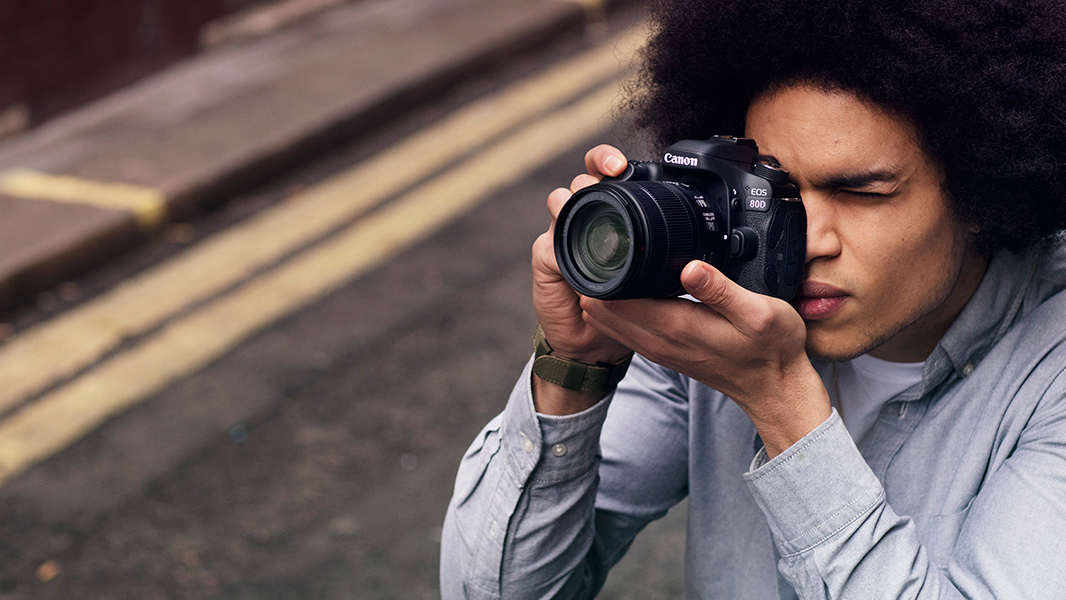Why you can trust TechRadar
We put the Canon EOS 80D through our usual set of lab tests to check its performance. We've also compared its results with those from three of its key rivals in our comparison charts. The cameras we've chosen are:
Nikon D7200: The closest thing to a direct rival from Nikon, the D7200 has a 24-megapixel non-anti-aliased sensor and comparable specs and target user, though with a fixed, non-articulating screen.
Pentax K-S2: Pentax's rugged all-rounder is good value for money and has features likely to appeal to enthusiast photographers. It's an interesting alternative to the usual Canon/Nikon debate.
Sony A77 II: Sony's top APS-C format SLT camera looks like a DSLR but uses a fixed, translucent mirror to offer full-time phase-detection autofocus, even in live view.
We tested all four cameras for resolution using an industry-standard ISO test chart photographed in controlled laboratory conditions. The resolution figures are quoted as line widths/picture height, a new standard measurement which works irrespective of sensor size. All our tests are carried out across a wide ISO range and for both JPEG and raw files.

JPEG resolution analysis: Despite a good performance the 80D lags behind the Nikon D7200 at several sensitivity values perhaps indicating the benefit of omitting the optical low pass filter (OLPF).

Raw (converted to TIFF) resolution analysis: Apart from at ISO 12,800 the 80D captures more detail than the 70D. There's an impressive difference at the lower sensitivity settings. Again the Nikon D7200, with its OPLF-less sensor leads the way.
Sign up for breaking news, reviews, opinion, top tech deals, and more.
